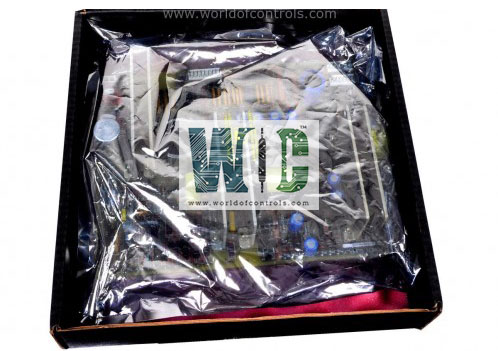
World Of Controls understands the criticality of your requirement and works towards reducing the lead time as much as possible.
IS230TICIH4A - Isolated Digital Input Terminal Board is available in stock which ships the same day.
IS230TICIH4A - Isolated Digital Input Terminal Board comes in UNUSED as well as REBUILT condition.
To avail our best deals for IS230TICIH4A - Isolated Digital Input Terminal Board, contact us and we will get back to you within 24 hours.
SPECIFICATIONS:
Part Number: IS230TICIH4A
Manufacturer: General Electric
Series: Mark VIe
Product Type: Isolated Digital Input Terminal Board
Number of channels: 24
Mounting: DIN-rail mounting
Technology: Surface mount
Humidity: 5-95% non-condensing
Redundancy: Simplex, Dual, TMR
Operating temperature: -30 to 65°C
Size: 17.8 cm high x 33.02 cm
Repair: 3-7 Day
Availability: In Stock
Weight: 2 lbs
Country of Origin: United States
Manual: GEH-6421H
FUNCTIONAL DESCRIPTION:
IS230TICIH4A is an Isolated Digital Input Terminal Board manufactured and designed by General Electric as part of the Mark VIe Series used in GE Distributed Control Systems. The isolated digital input terminal board (TICI) provides 24-point isolated voltage detection circuits to sense a range of voltages across relay contacts, fuses, and switches. In the Mark VIe system, the PDIA I/O packs plug into the TICI. One, two, or three PDIA packs plug-in supporting a variety of system configurations.
INSTALLATION:
Wiring: The 24 isolated digital inputs are wired directly to two I/O terminal blocks mounted on the terminal board. These blocks are held down with two screws and can be unplugged from the board for maintenance. Each block has 24 terminals accepting up to #12 AWG wires. A shield terminal strip attached to the chassis ground is located immediately to the left of each terminal block.
Cabling Connections: For a simplex system connector JR1 is used; for a TMR system, all three connectors are used. Cables or I/O packs are plugged in depending on the type of Mark VI or Mark VIe system, and the level of redundancy.
OPERATION:
The TICI is similar to the TBCI, except for the following items: No contact excitation is provided on the terminal board. Each input is electrically isolated from all others and the active electronics. There are two groups of the TICI with different nominal voltage thresholds. TICIH1 input voltage ranges are
WOC has the largest stock of GE Distributed control systems OEM replacement parts. We can also repair your faulty boards and supply unused and rebuilt boards backed up with a warranty. Our team of experts is available round the clock to support your OEM needs. Our team of experts at WOC is happy to assist you with any of your automation requirements. For pricing and availability on any parts and repairs, kindly contact our team by phone or email.
What is an Isolated Digital Input Terminal Board?
An Isolated Digital Input Terminal Board is a device used in electronic systems to connect digital signals from external sources to a central processing unit (CPU) or controller. It provides isolation between the external signals and the internal electronics to prevent damage from voltage spikes or electrical noise.
What are the benefits of using an Isolated Digital Input Terminal Board?
Isolation helps protect sensitive electronic components from damage caused by voltage spikes, ground loops, or electrical noise. It also enhances system reliability by ensuring accurate signal transmission and reducing the risk of signal interference.
How does isolation work in a Digital Input Terminal Board?
Isolation is typically achieved using optocouplers or galvanic isolation techniques. Optocouplers use light to transmit signals across a barrier, while galvanic isolation employs transformers or capacitors to block electrical currents.